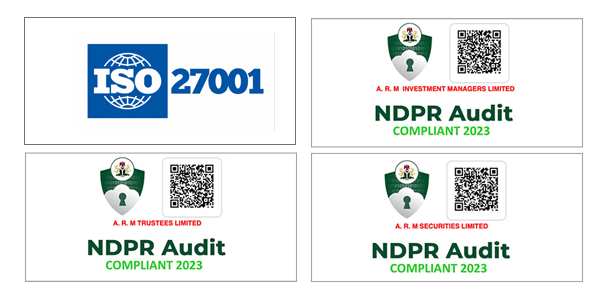How to create a CV that gets you the job
Your CV could be your ticket to getting your foot in the door for a job interview, and constructing one is easy once you know how. It is simply taking all your skills and experience and tailoring them to the job you’re applying for.
Here are a few tips to help you create a successful CV and hopefully land your first and future jobs.
Don’t mess up the basics
There are some common sections you should make sure you get right in your CV. These are: education and qualifications, personal and contact information, work history/experience, relevant skills to the job you’re applying for, own interests, achievements or hobbies, and some references.
Presentation is everything
Make sure you clearly present your CV on printed, clean and crisp white paper. The layout should always be clean and articulate. Never crumple your CV – using a big manila envelope helps to prevent this.
Remember to include your most important information in the upper middle area of the first page of your CV. It’s the CV hotspot and you want it to catch your recruiter’s eye.
Aim for two pages
A good CV is concise, clear and communicates every point without flickering. You don’t need countless pages – it’s not a writing contest. Keep things short and sweet. Tick the right boxes with your potential employer using your CV and if he/she is impressed, you may have yourself a job.
Again, you should know that employers get dozens of CVs all the time so it’s unlikely they’ll read each one page to page. Most employers often make a judgement about a CV within seconds, so stick to a maximum of two pages of A4 paper.
Never use a ‘generic’ CV
Every CV you send to a potential employer should be tailored to the role you’re applying for, so don’t get lazy and hope a general CV will work – because it won’t.
Read the details of the job description from start to finish – hidden within are clues you can use to tailor your CV to the role. When you’ve established what the job requires and how you can match each requirement, create a CV specifically for that role.
Take the time to create a unique CV for every job you apply for. No, I’m not asking you to re-write the entire thing every single time – instead simply adapt details so they are relevant.
Let’s talk skills, interests and experience
Under skills section of your CV, mention key skills that stand you out. Skills can come from the most unlikely places, so think deeply about all the skills you’ve developed over time. They may be:
- Communication skills
- Computer skills
- Team playing
- Problem solving
- Or even speaking different foreign languages
Under interests, emphasize the things that show off skills you’ve acquired and that employers look for. Describe examples of positions of responsibility, working as part of a team or even remotely that clearly shows you can use your own initiative.
Be sure to include anything that shows how diverse, interested and skilled you are. Make yourself come across as interesting.
In the experience section, employ assertive and positive language under the work history such as “achieved”, “organized” or “developed”. Try to connect the skill you’ve learned to the job role you’re applying for.
Who you should list as referee
References should be from a former employer or someone in a senior position who has worked with you in the past and can corroborate your skills and experience. If you’ve never been employed before, it’s okay to use a teacher as a referee. Try to include two if you can.
Keep your CV up-to-date
Review your CV regularly and add new skills or experience that’s not there. Potential employers are impressed with candidates who go the extra mile to improve their own skills and experience.
When you get your job, be sure to keep tomorrow in mind and make plans for it before it comes. ARM Pensions is right here to help you plan for a better tomorrow.
The post How to create a CV that gets you the job appeared first on Realising Ambitions.
Source: Articles


